
We explore in science to push boundary of human knowledge by uncovering mysteries in matter, figuring out why behind phenomenon, finding innovative way to go deep and far.
As looking back at the year of 2022, we organize here those brilliant work published in well-known journals shines like stars above but also pictures what HFIPSers do and how they explore in science.
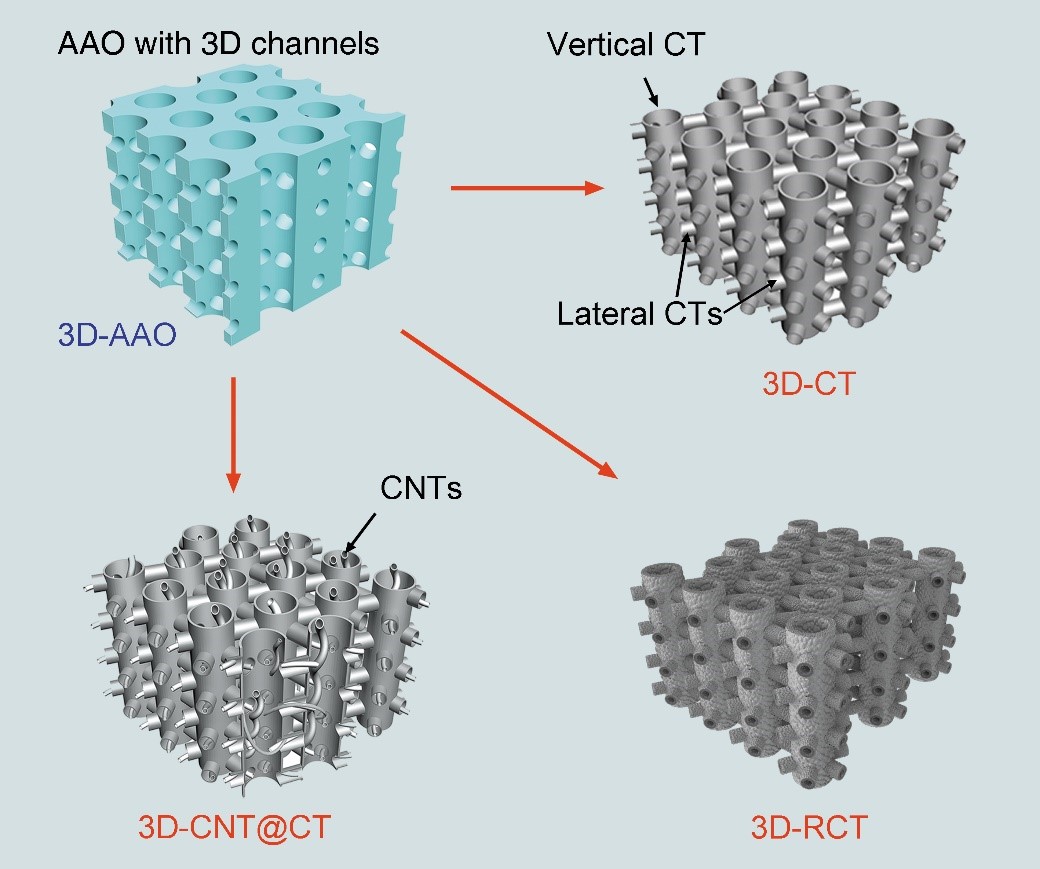
Science
MENG Guowen with Institute of Solid State Physics and their collaborators developed a structurally integrated, highly-oriented carbon tube grids as electrodes of electric double-layer capacitors, to significantly improve the frequency response performance and the areal and volumetric capacitances at the corresponding frequency. It is expected to be used as a high-performance small-sized alternating current line-filtering capacitor in electronic circuits, providing the essential materials and technology for the miniaturization and portability of electronic products.
More: Miniaturized High-performance Filter Capacitor Based on Structurally Integrated Carbon Tube Grids
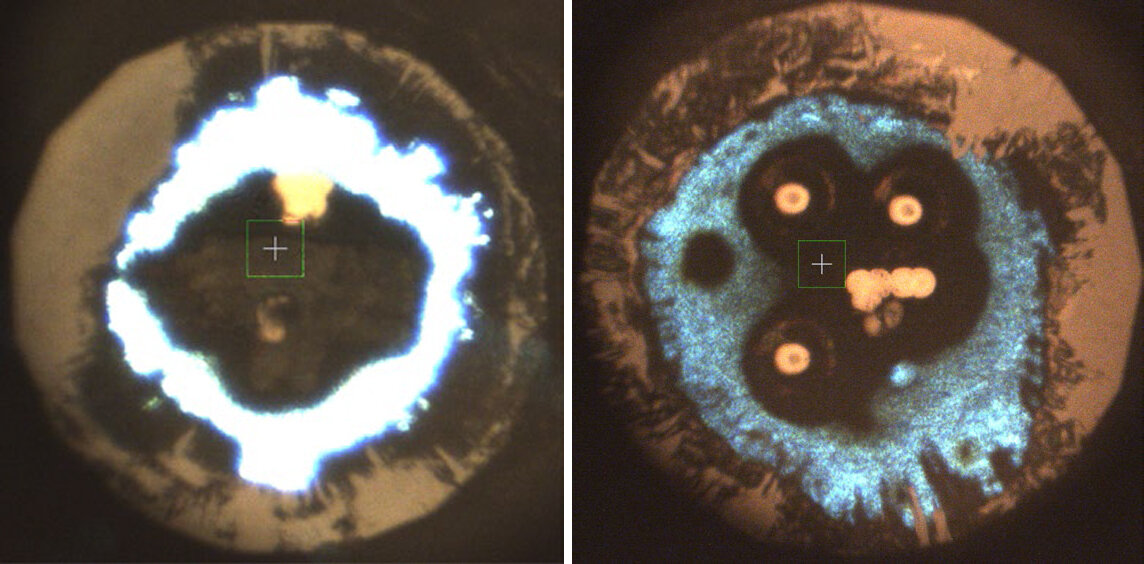
Nature Chemistry
WANG Yu with Institute of Solid State Physics and her collaborators synthesizes a novel nitride with metallic luster and hexazine rings. This is the first time that a planar N62- , a dianionic hexazine nitride, has been obtained in a laboratory experiment and maintained relatively stable at pressures down to 20 GPa.
More:Scientists Synthesize Novel Nitride and Stabilize Its Hexazine Rings at High Pressure

Physical Review Letters
In-house researchers with Institute of Plasma Physics and their collaborators prove experimentally, for the first time, the current driven by turbulence, via observed data during the experiment and simulations after. The turbulence-driven current, according to the team, was also an important factor to sustain the 100 million degrees of electron temperature stationary long-pulse plasma on EAST.
More:Turbulence-driven Current Proved for the First Time in EAST Recent Experiment

Nature Communications
Topological charge-entropy scaling relation was proved in the kagome Chern magnet, a kind of magnet predicted to support intrinsic Chern quantum phases. The study, led by QU Zhe with High Magnetic Field Laboratory and his collaborator, promotes understanding on the transport properties of magnetic topological materials.
More: New Study Reveals the Topological Charge-entropy Relation in Kagome Chern Magnet
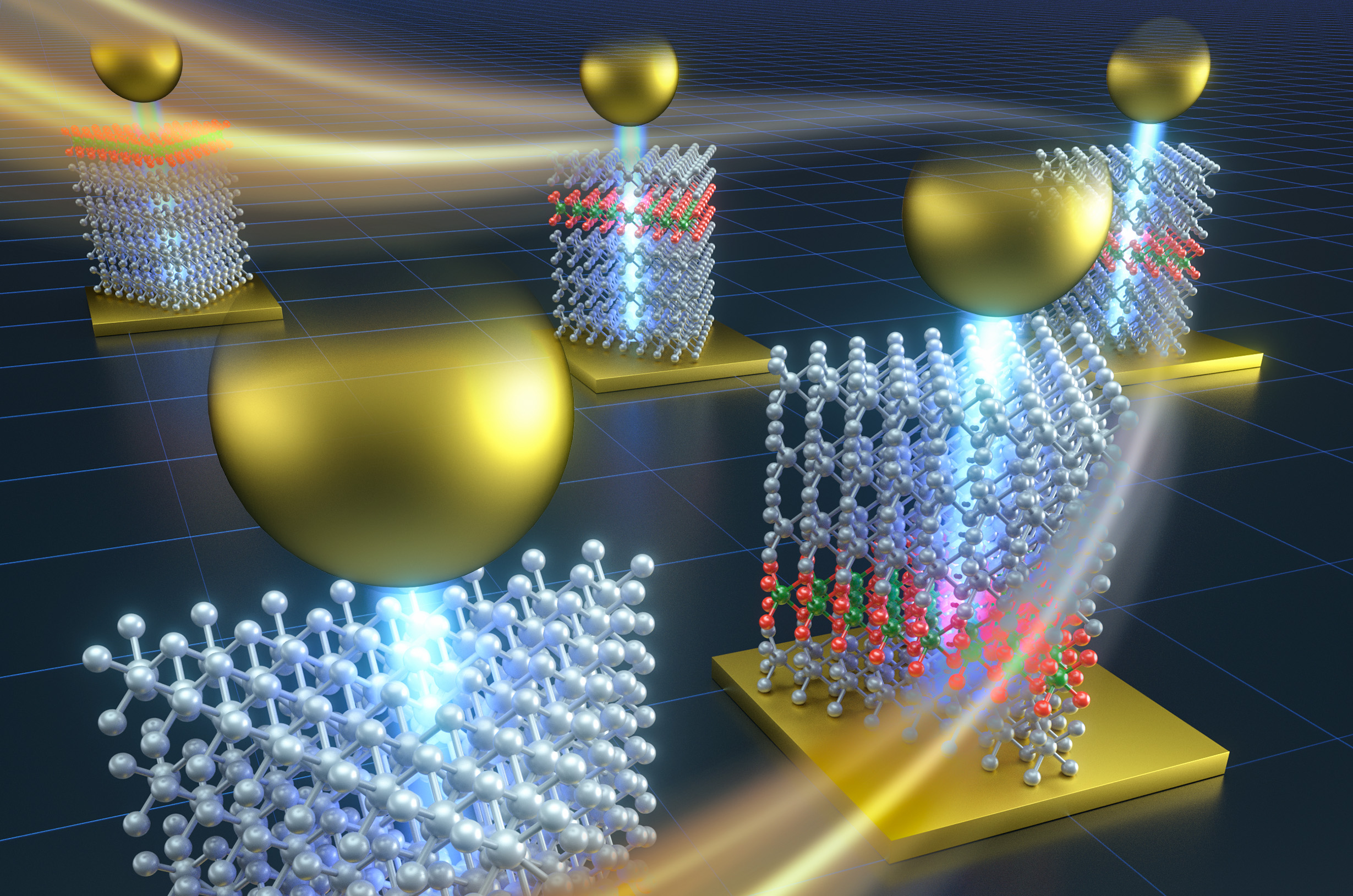
Journal of the American Chemical Society
YANG Liangbao and his team with Institute of Health & Medical Technology created a nano-ruler strong enough to enable the quantitative and direct detection of longitudinal plasmonic field distribution that heterogeneously distributed with an unexpectedly large intensity gradient in an individual nanocavity.
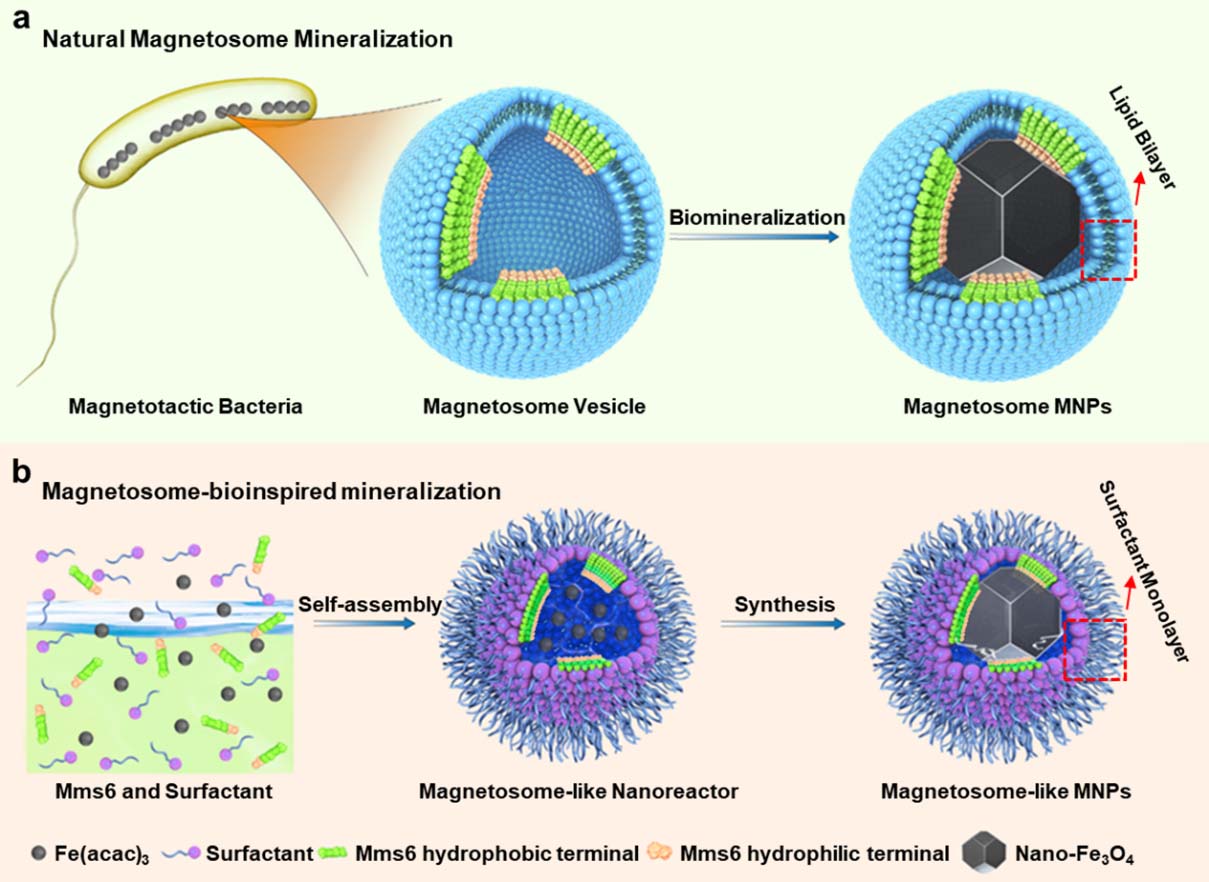
Proceedings of the National Academy of Sciences of the United States of America
WANG Junfeng and his team with High Magnetic Field Laboratory biomimetically synthesized soft ferromagnetic nanoparticles with high magnetic targeting and tumor tissue penetration based on previous study on biomineralization mechanism of natural "biocompass" ― magnetotactic bacteria.

Nature Communications
A joint team with Institute of Solid State Physics achieved the linear assembly of the metal nanoclusters larger than 1 nm by using the adequate assembly strategy and discovered also explained the spin transfer and distance-dependent spin coupling, shedding light on future study of nanocluster magnetism and development of novel functional materials.
More: Linearly Assembled Ag-Cu Nanoclusters: Spin Transfer and Distance-dependent Spin Coupling
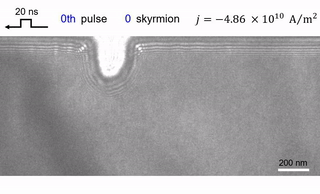
Nature Communications
DU Haifeng's team with High Magnetic Field Laboratory and their partners realized the integrated manipulation of magnetic skyrmions by electrical currents, including the operations of writing, erasing and addressing a single skyrmion at room temperature in a CoZnMn nanostripe. The progress, according to the researchers, provided the principal foundation for constructing the skyrmion-based racetrack memories.
More: Deterministically Integrated Manipulation of Magnetic Skyrmions Achieved in Nanostructured Device
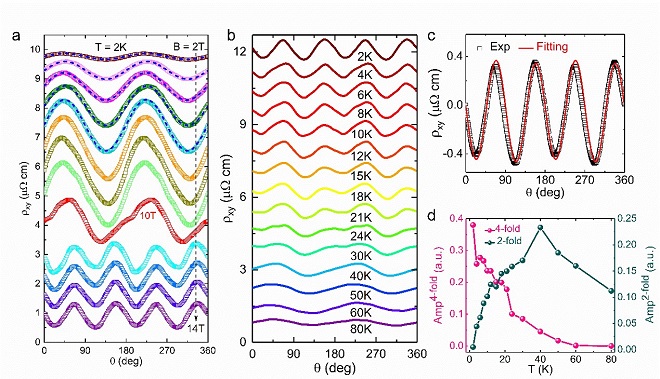
Nano Letters
A team led by TIAN Mingliang with High Magnetic Field Laboratory demonstrated the significance of OMMs and Berry curvature in planar Hall effect in antiferromagnetic topological insulator MnBi2Te4 flakes revealing intriguing electromagnetic response due to the OMMs and also providing insight into the potential applications of magnetic topological insulators in spintronics.
More: Novel π/2-Periodic Planar Hall Effect Due to Orbital Magnetic Moments in MnBi2Te4